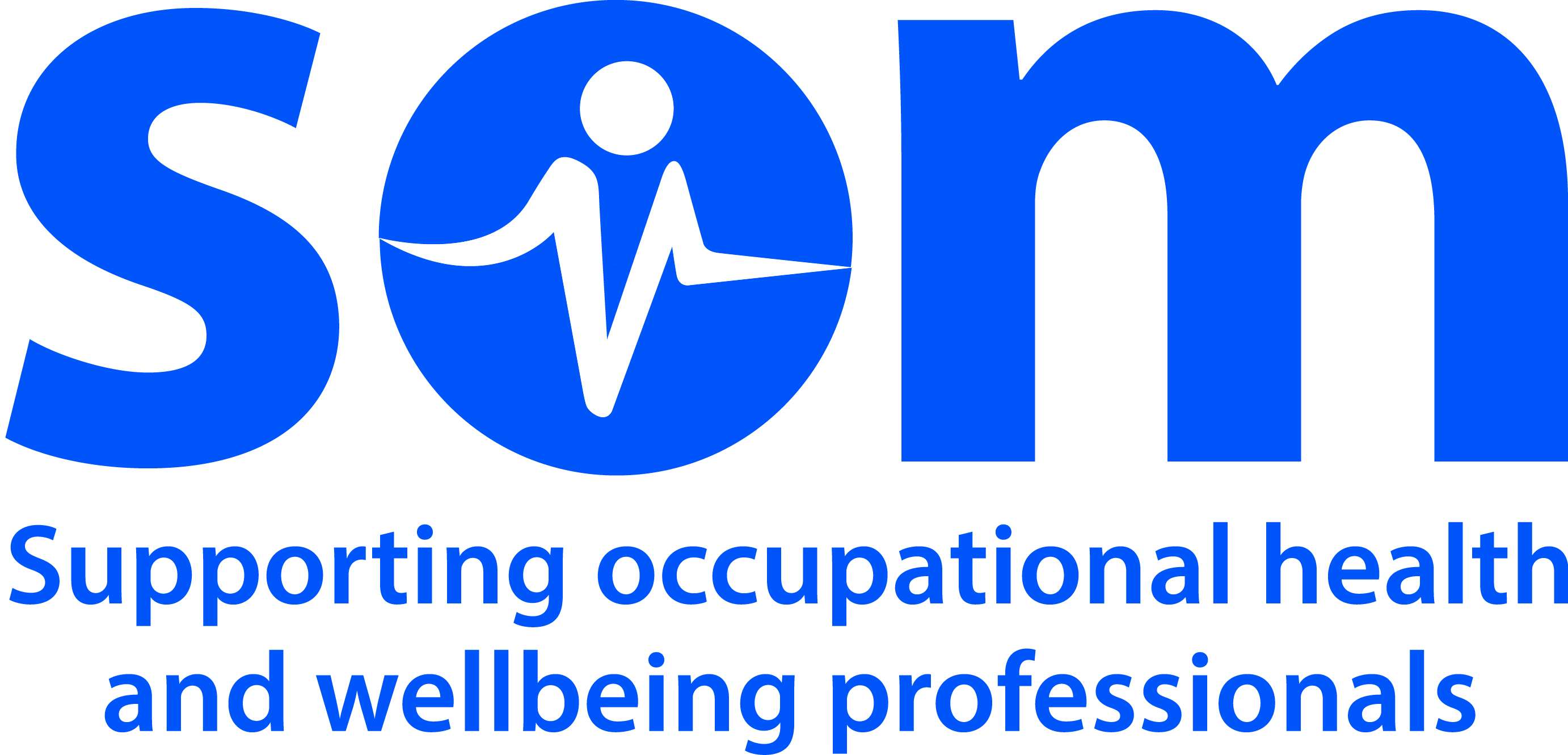Drug testing at work

Occupational Health Considerations
There are an increasing array of chemicals available for ingestion or injection or inhalation that cause impairment at work. This has led to a vast increase of drug testing of employees in the work place.
Employers require consent if they want to test for drugs or alcohol. There should be a contractual health and safety policy, usually referred to in the employment contract or staff book. However an employee who refuses consent may be withdrawn from some employment duties and/or face disciplinary action.
Testing should be limited to employees that need to be tested either on account of their duties or so-called for-cause testing where an adverse incident has occurred
The testing should be demonstrably random (except in for-cause cases)
Particular employees or employee groups should not be singled out for testing unless this is justified by the nature of their jobs (safety-critical or asset-critical duties for example)
Field devices:-
Field devices perform an approximation to the laboratory assay in a remote location. Field devices are intended to ascertain immediate fitness for work and whether a sample warrants lab confirmation . No test is fully sensitive or specific therefore it is considered better to manufacture towards false positives than false negatives. A field positive test is normally termed a non-negative result in order to clarify hat the field device alone can not confirm a positive test for prohibited substances.
A non-negative result requires a lab assay of the same sample
Chain of custody procedures are designed to ensure against tampering of the donated sample but will not prevent tampering during actual donation (such as urine dilution with tap water or addition of regents to the urine to thwart the testing process.)
The Medical Responsible Officer :-
Reviews the drug test custody and chain of custody to forms make sure they are completed correctly and assesses the results of the drug test (possibly seeking clarification from the laboratory in the process.)
For a laboratory positive drug result the MRO allows the employee who provided the sample the opportunity to discuss the results and give an explanation that migth impact on the MROs final determination, such as taking prescription medication that may have given rise to positive drug test. A burden of proof may rest upon the employee to provide evidence of legitimate use of such medication (such a prescription or pharmacy label with his her name on the label)
In such a case, the MRO can report to the employer an MRO negative result. The MRO may provide feedback to the employer, collection site, laboratory, or federal agency on any problems in the process when necessary.
The MRO must be cognisant of confidentiality and consent of the donor when dealing with third parties such as the employer and laboratory.
Clinical Aspects
My reflection

